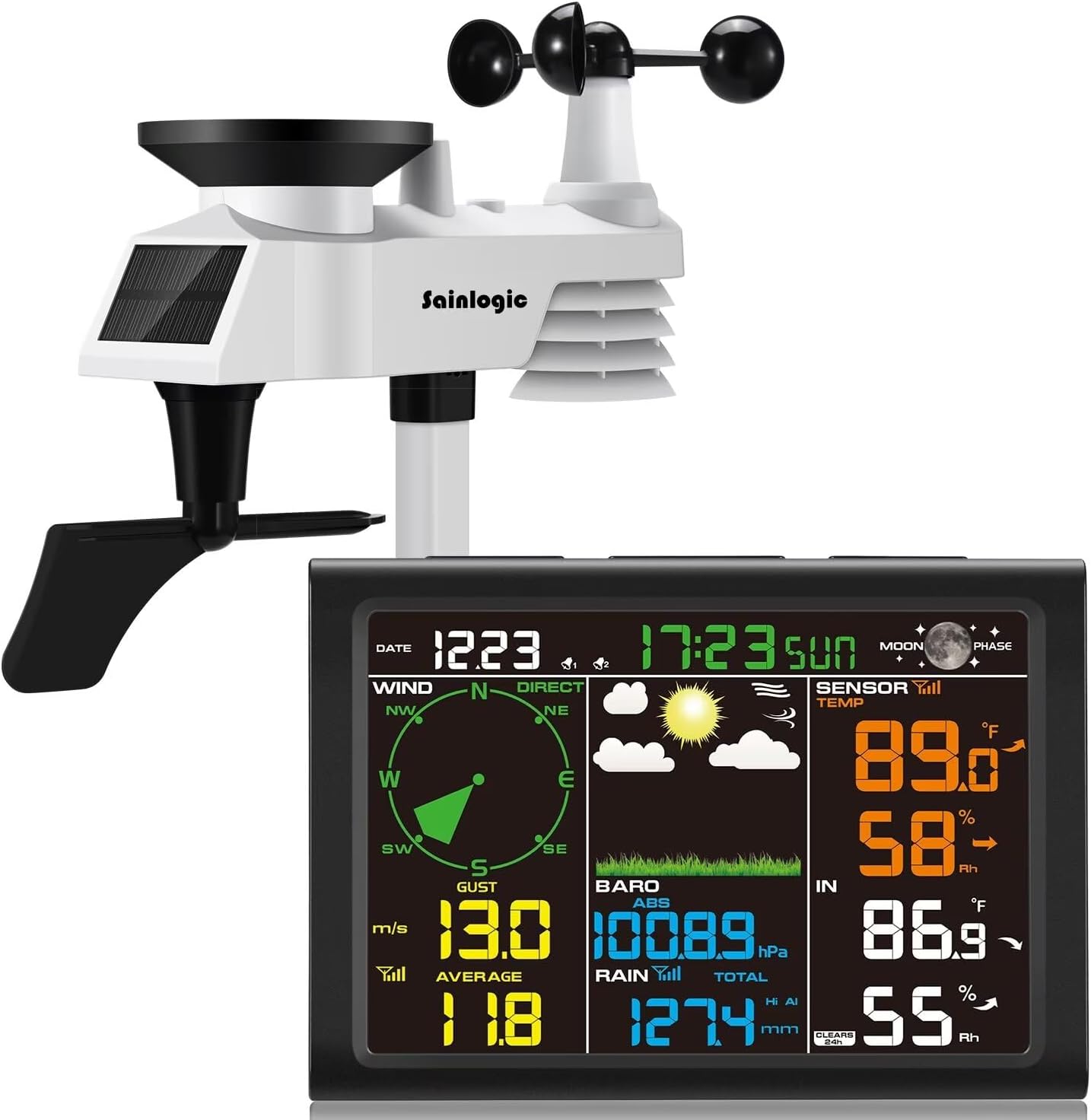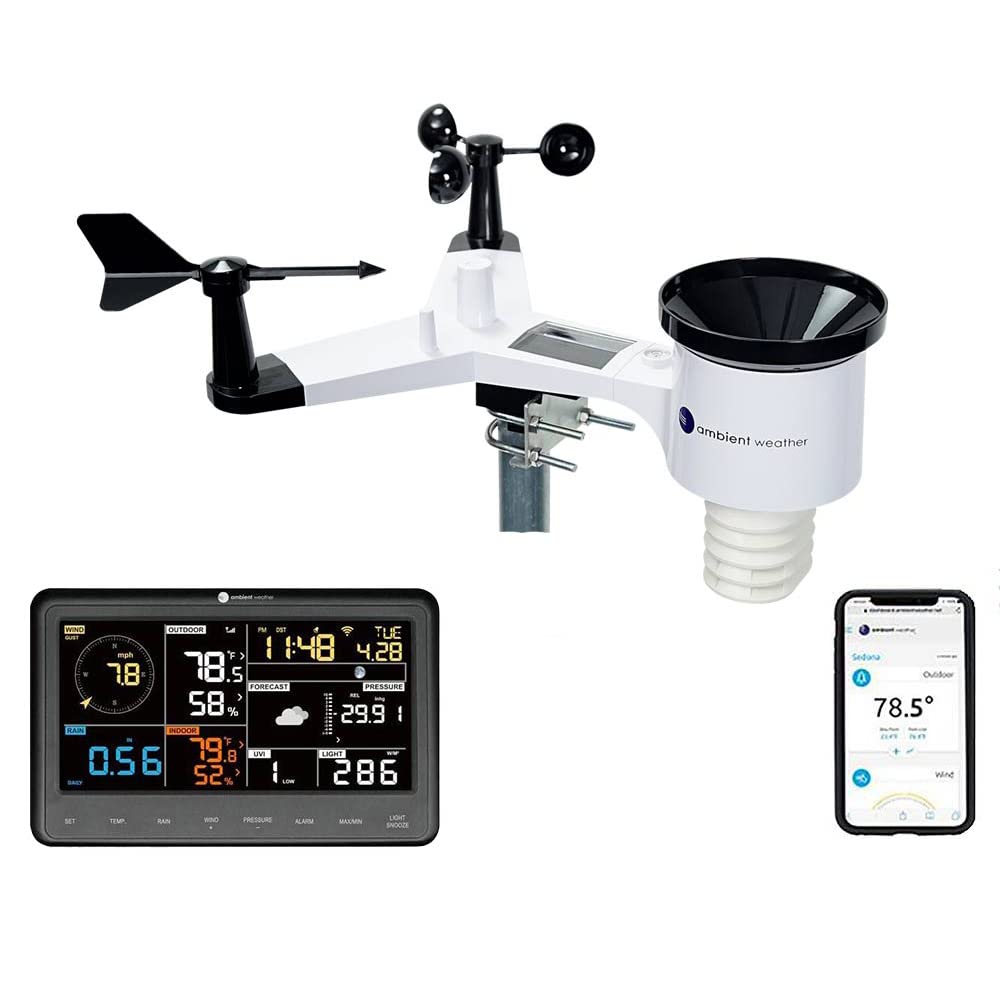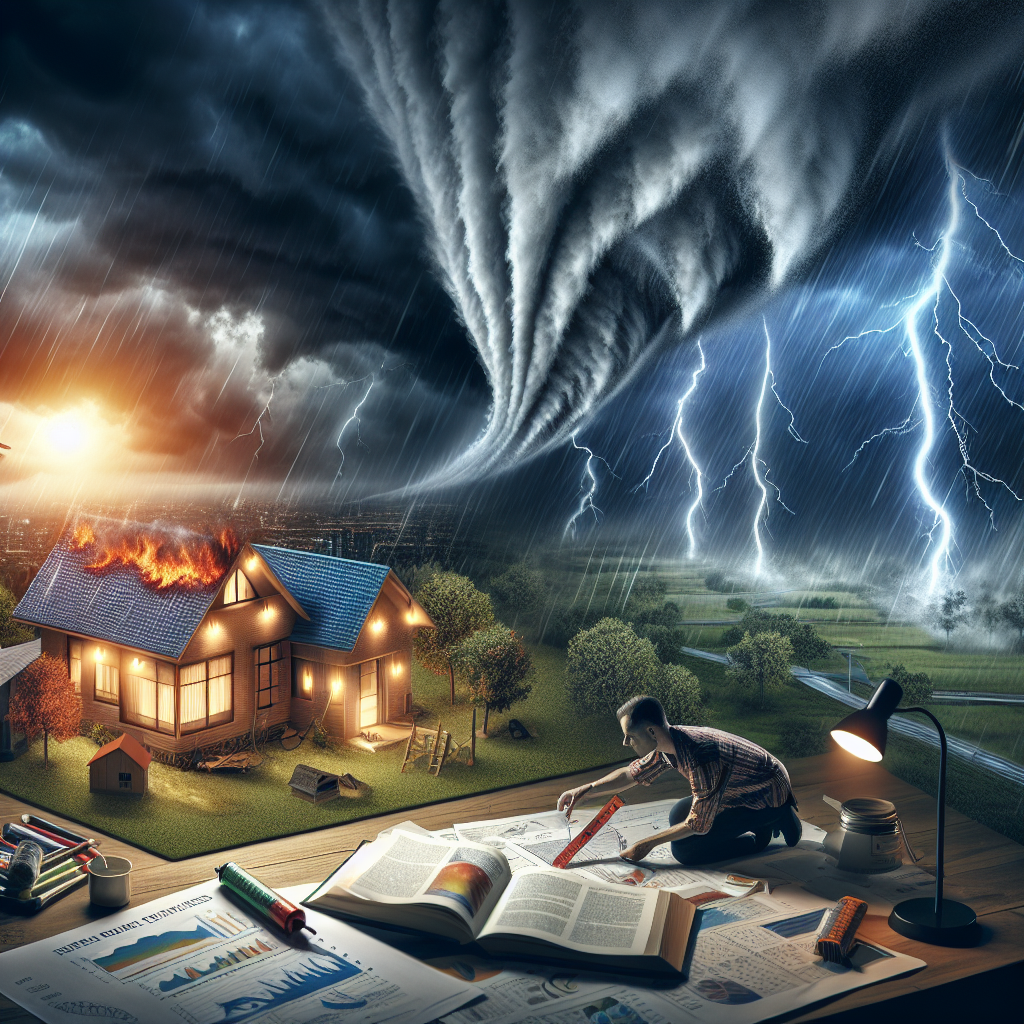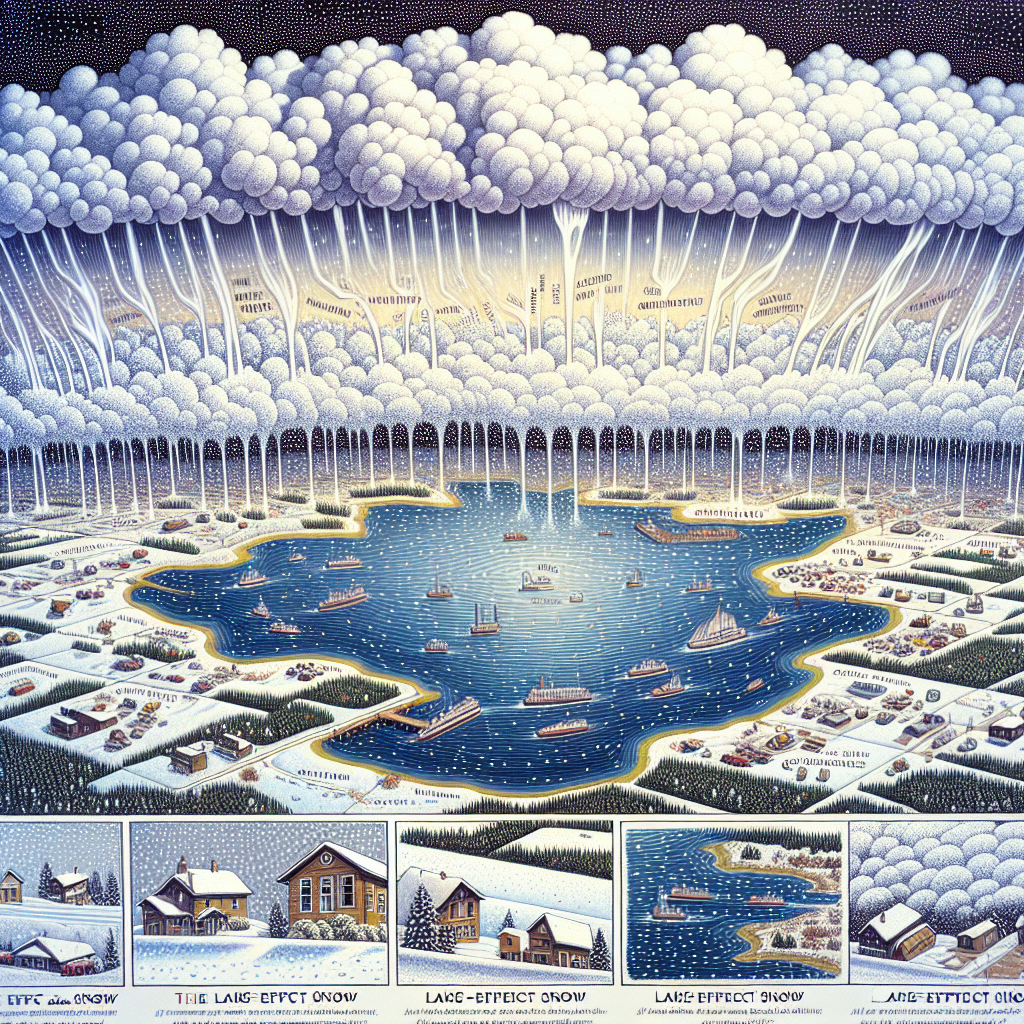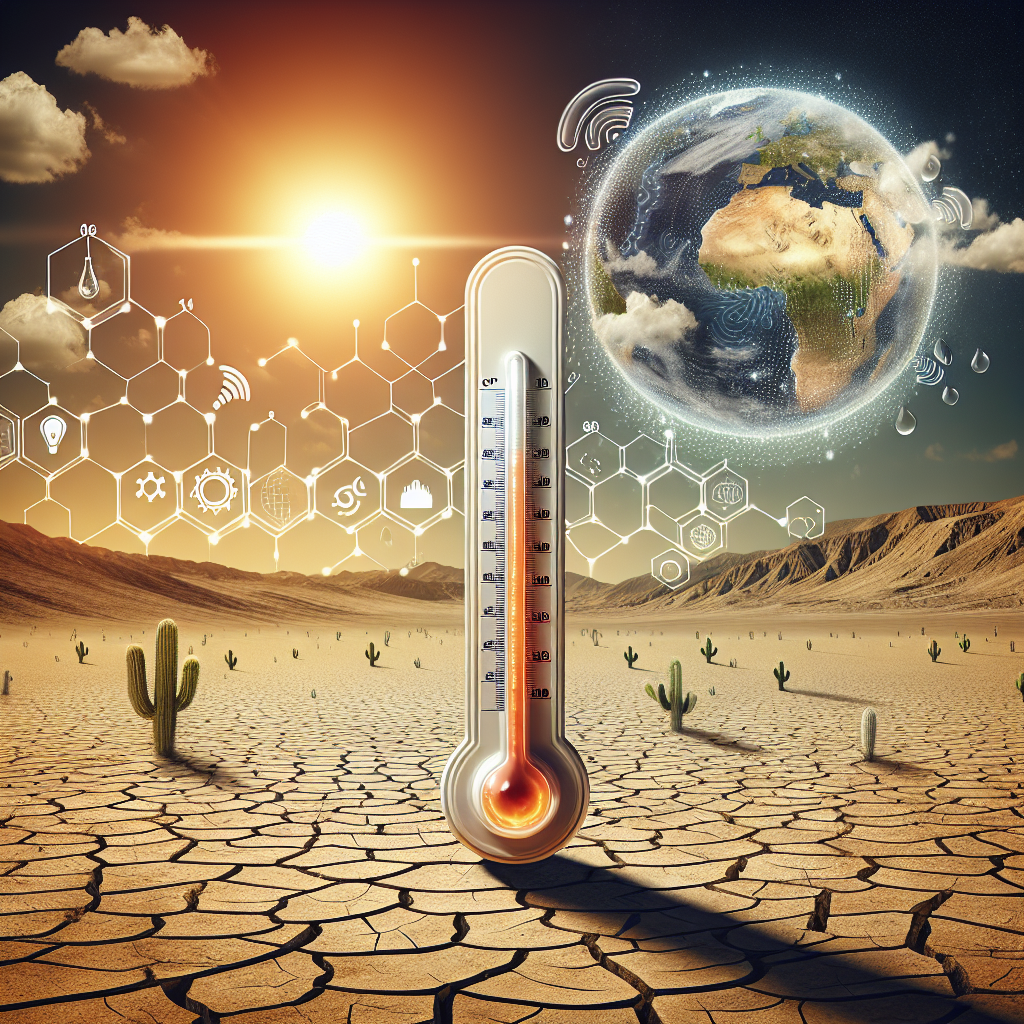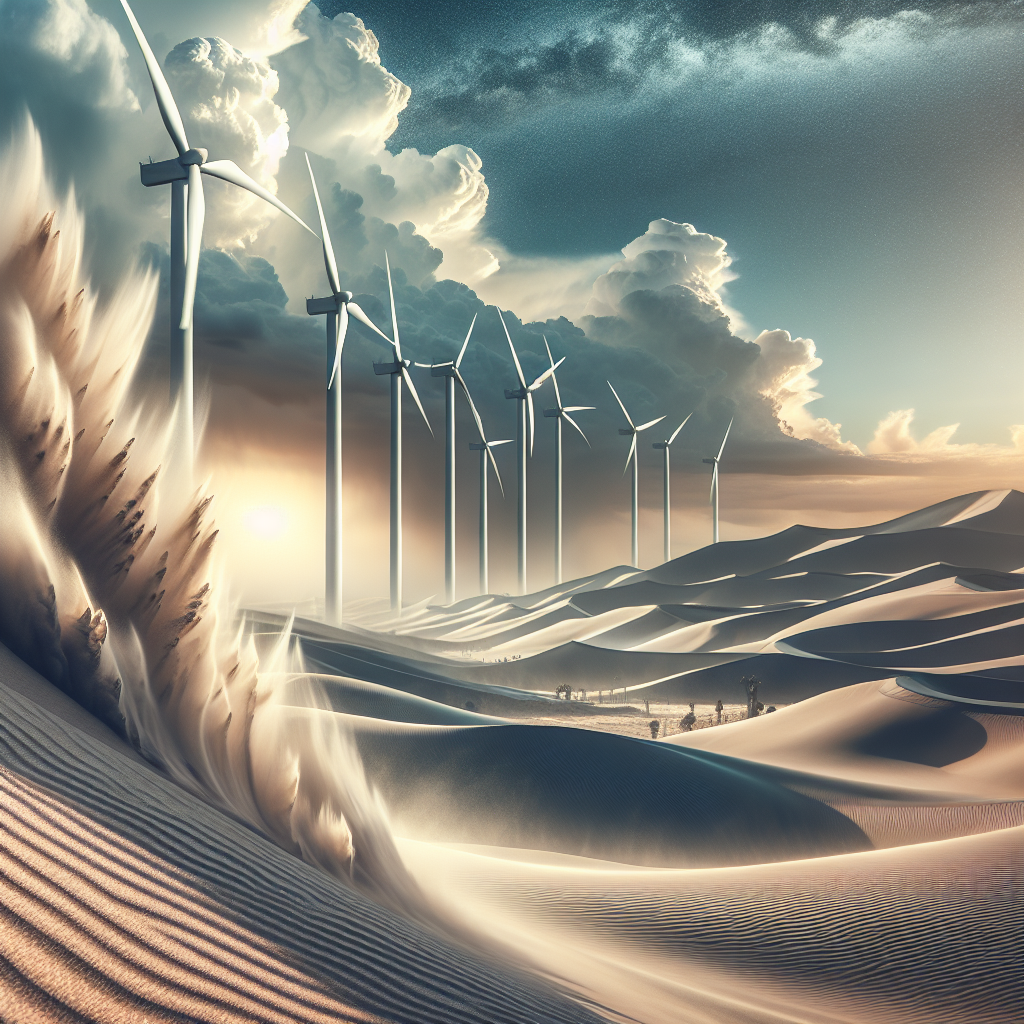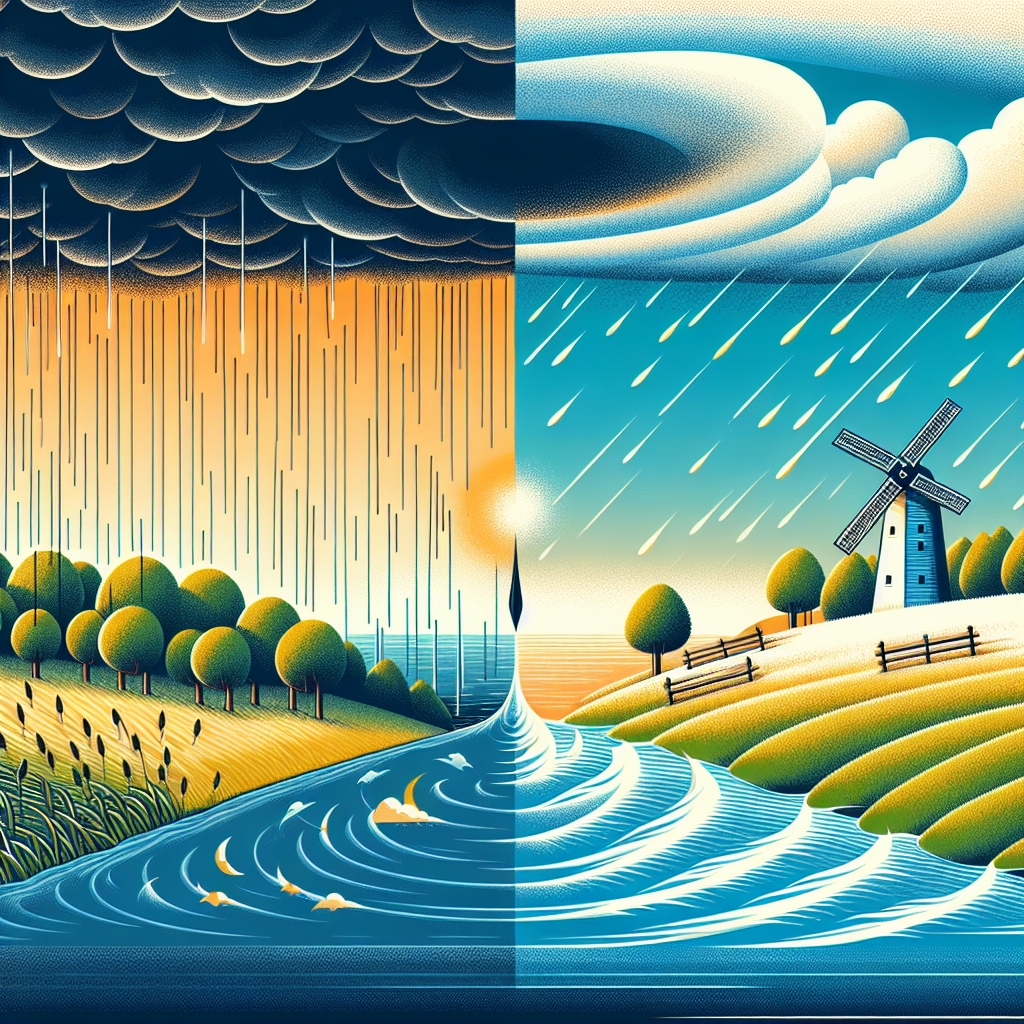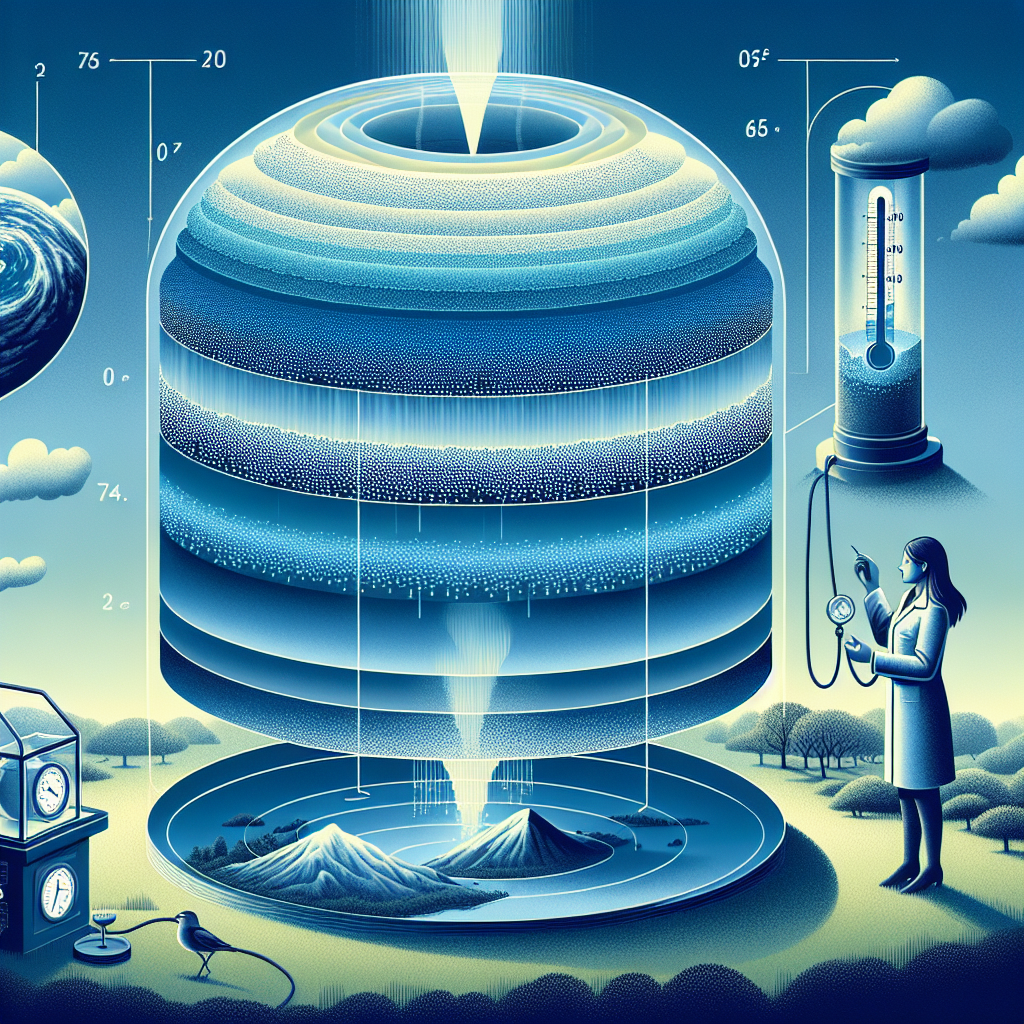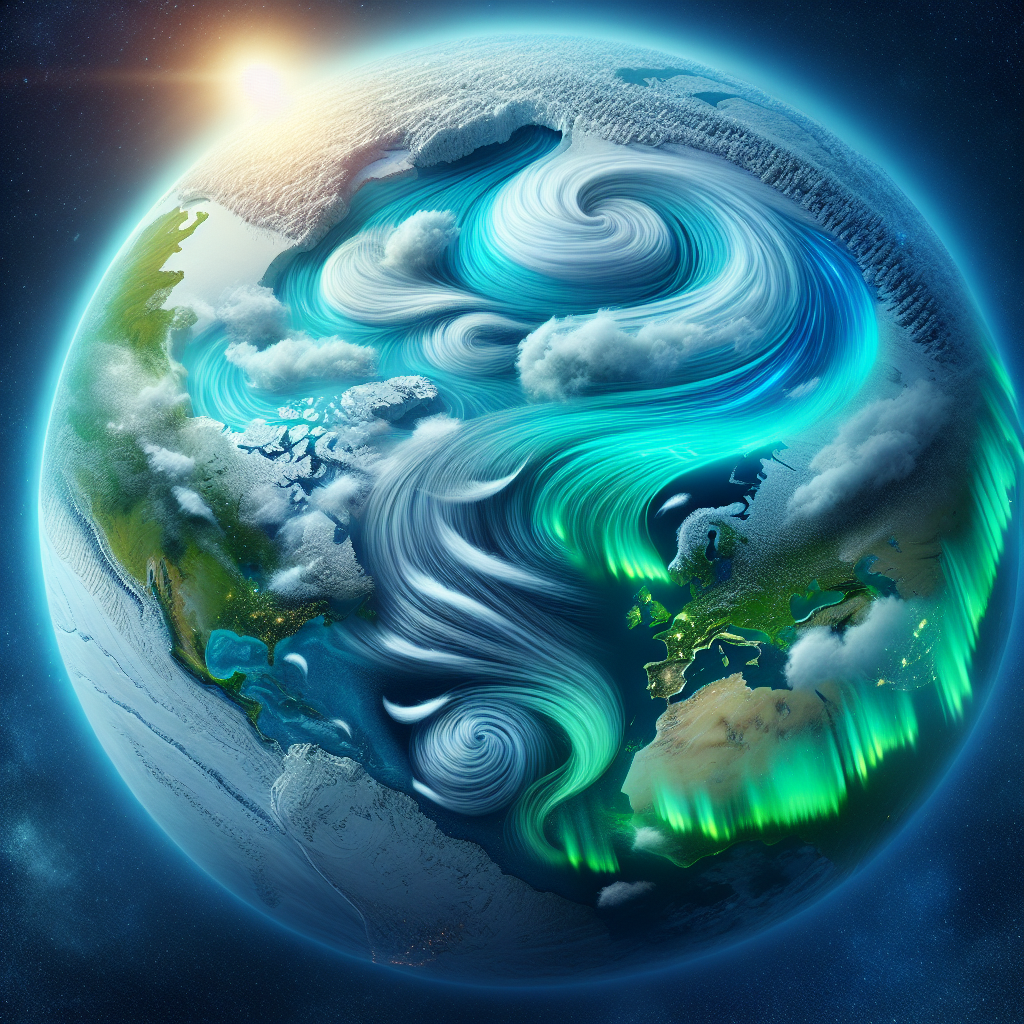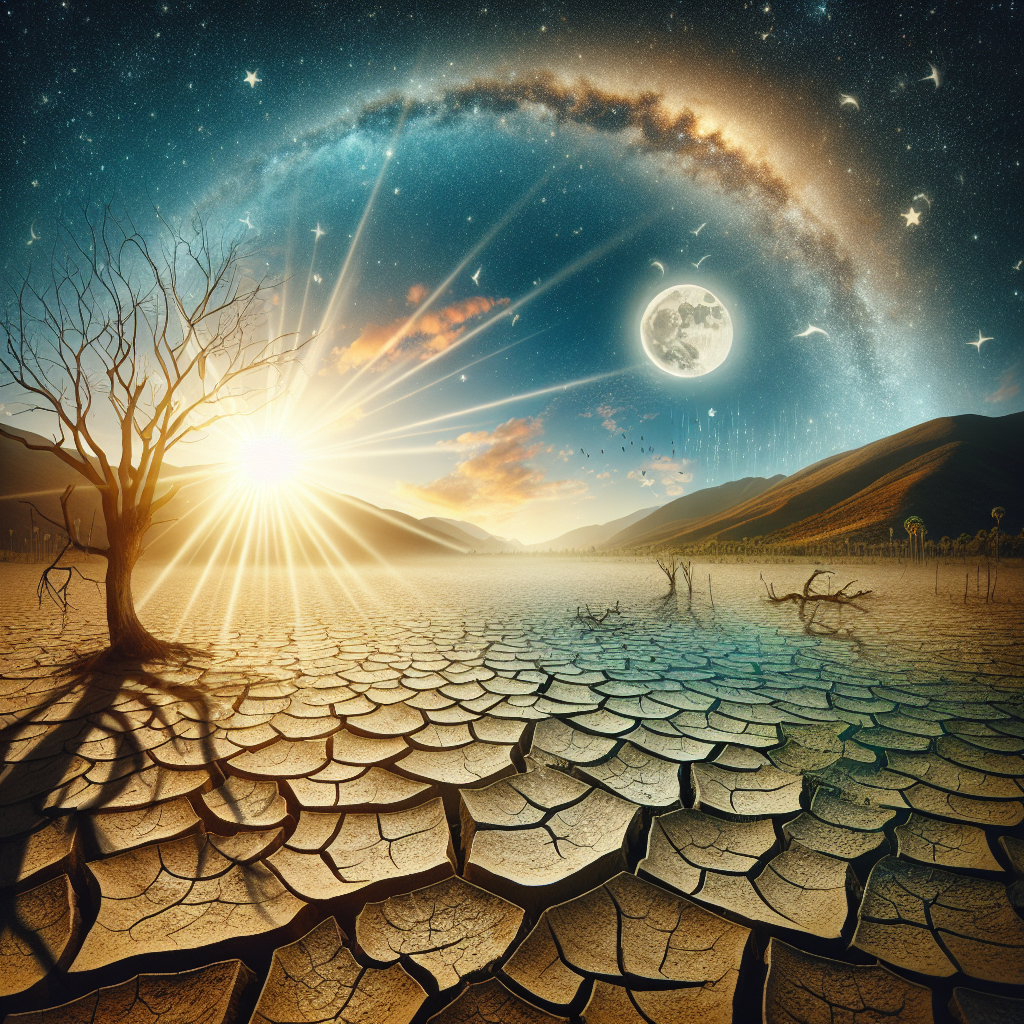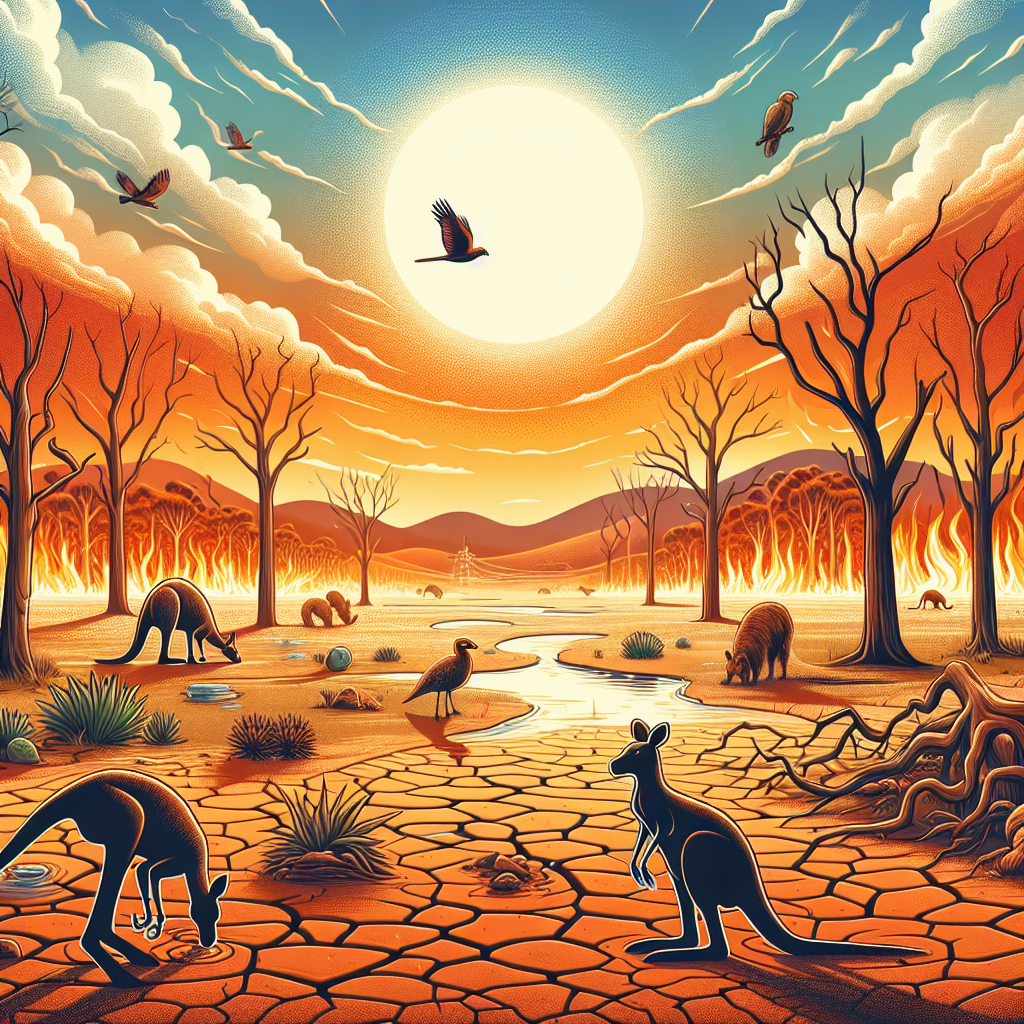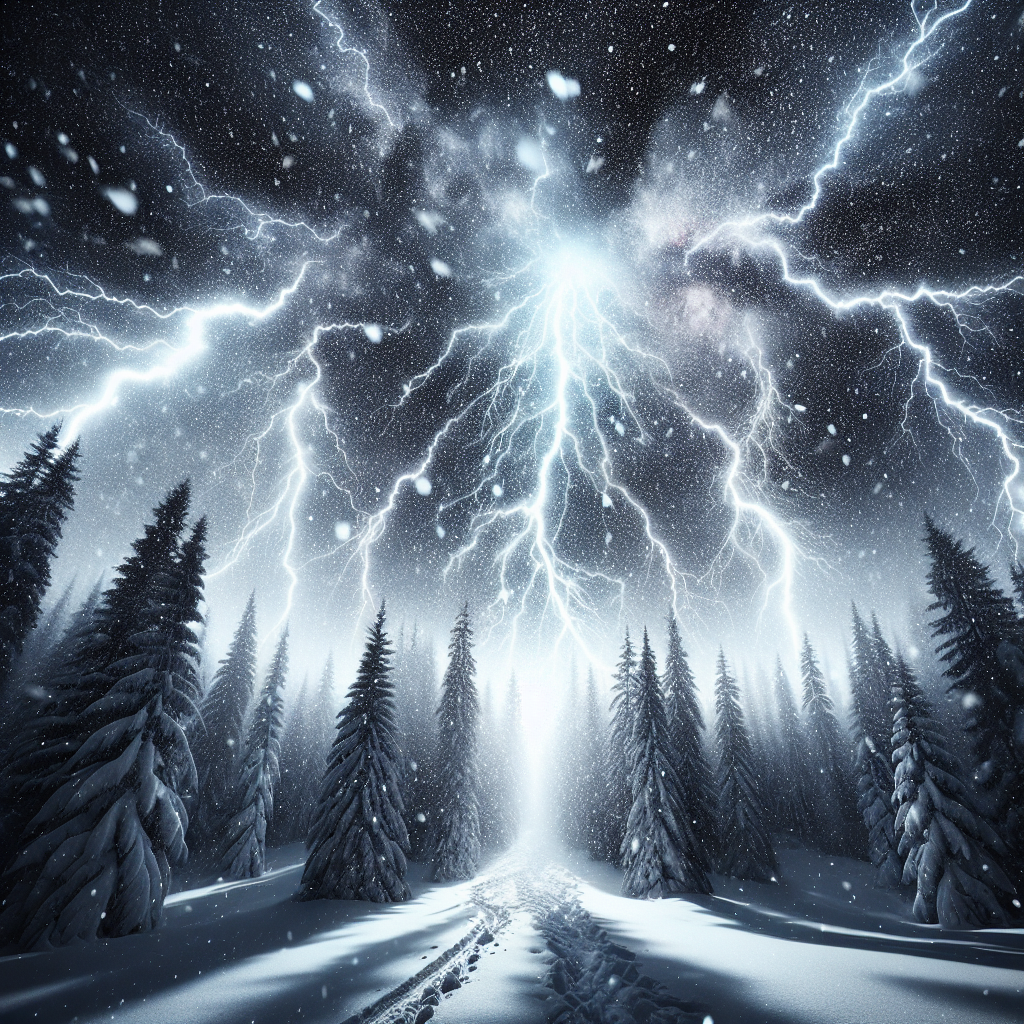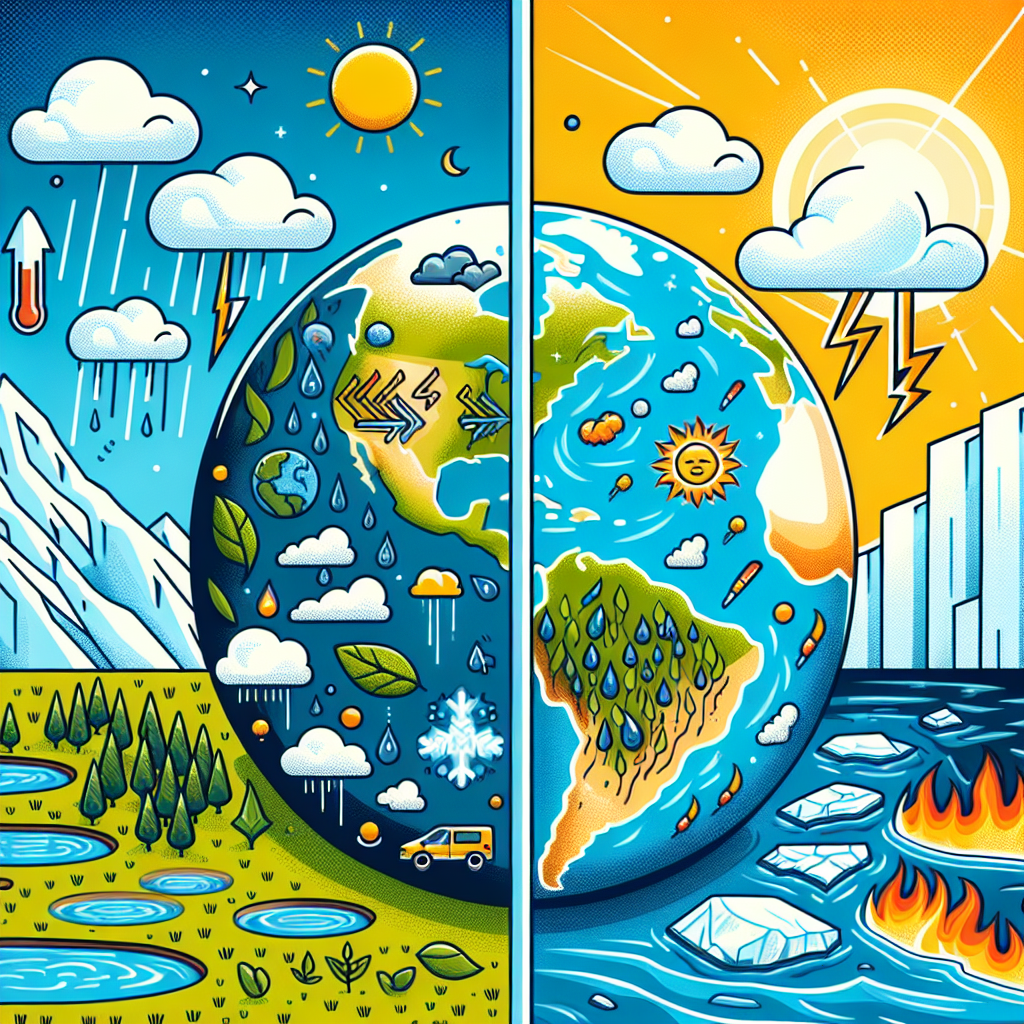The Power of Wind: How It Shapes Our Environment
I. Understanding Wind and Its Formation
Wind is the movement of air, motivated by uneven heating of the Earth’s surface by the sun. This atmospheric phenomenon occurs due to the differences in air pressure; the solar energy heats the ground and subsequently, the air above it. Warmer air is lighter and rises, causing cooler, denser air to move in to fill the void. This continuous cycle results in breezes, gales, and even cyclones that play pivotal roles in our ecosystem.
II. Wind Patterns and Climate
Wind significantly influences climate patterns globally. The Coriolis effect, caused by the rotation of the Earth, helps establish wind patterns such as trade winds, westerlies, and polar Easterlies. These winds help regulate global temperatures, distribute moisture, and play a crucial role in precipitation patterns.
Trade Winds: These winds blow from east to west in the tropics and have facilitated maritime navigation for centuries, shaping trade routes and cultural exchanges.
Westerlies: Found in the mid-latitudes, these winds carry moist air from the ocean, leading to precipitation that nourishes the continents.
Polar Winds: These winds are crucial to maintaining colder climates and influencing ocean currents, thus impacting global weather systems.
Each of these patterns contributes to the variability of climates across the globe, impacting ecosystems and human activities alike.
III. The Role of Wind in Erosion and Geology
Wind erosion is a powerful geological force, especially in arid and semi-arid environments. It shapes landforms through processes like deflation and abrasion.
Deflation occurs when fine particles are lifted and carried away by the wind, leaving behind larger particles, which can create features like desert pavements.
Abrasion happens when wind-driven sand particles collide with rocks and surfaces, effectively sandblasting them. This process forms unique geological structures known as ventifacts.
Wind also plays a significant role in the transportation of sediments, contributing to the formation of dunes, particularly in coastlines and deserts. For instance, the iconic sand dunes of the Sahara are direct results of wind-driven sediment transport.
IV. Wind’s Influence on Vegetation and Biodiversity
Wind affects vegetation distribution and ecosystems in several ways.
Seed Dispersal: Many plants have adaptations to utilize wind for dispersal. Dandelions, for example, have feathery seeds that can travel great distances, allowing species to colonize new areas efficiently.
Habitat Formation: Wind patterns influence forest composition and structure. In coastal areas, wind can create iconic wind-swept trees and unique ecosystems like the coastal dunes that host various endemic species.
Microclimates: Wind can create microclimates that affect local biodiversity. Areas sheltered from strong winds may maintain higher humidity and warmer temperatures, fostering specialized habitats.
V. Renewable Energy and Wind Power
Beyond natural processes, wind’s potential as a renewable resource has gained immense traction in recent years. Wind turbines harness kinetic energy from wind and convert it into electricity, offering a sustainable alternative to fossil fuels.
Advantages of Wind Power: Wind power is renewable, reduces carbon emissions, and is cost-effective. As technology develops, turbines become more efficient, enabling higher energy output at lower costs.
Impact on Environment: While wind energy is greener than fossil fuels, it is not without environmental concerns. The placement of wind farms can impact local wildlife, especially birds and bats that may collide with turbine blades.
Site Selection: Careful site selection helps mitigate these impacts. Wind farms are often placed in areas with strong, consistent winds, such as coastal regions or open plains, while minimizing disruption to wildlife.
VI. Wind and Human Culture
Wind has shaped human culture and civilization significantly throughout history. Ancient sailors relied on wind patterns for navigation, while many cultures created myths surrounding the phenomenon.
Wind in Technology: Historically, wind was utilized for powering ships with sails and driving windmills for milling grain and pumping water. These early technologies paved the way for modern wind energy innovations.
Cultural Significance: In various cultures, wind is revered as a force of nature. The Native American tribes, for example, see the wind as a life-giving element, detailing its importance in their spiritual practices.
VII. The Scientific Study of Wind
The study of wind, known as anemology, is crucial in meteorology and environmental science. Meteorologists use anemometers to measure wind speed and direction, aiding in weather forecasting and climate studies.
Wind Forecasting: Accurate wind forecasts are essential for aviation, sailing, and disaster preparedness. Understanding wind patterns helps predict severe weather, such as storms and hurricanes, allowing for timely evacuations and safety measures.
Climate Research: Analyzing wind patterns contributes to our understanding of climate change. Studies on how wind patterns shift in response to global warming can inform climate models and mitigation strategies.
VIII. The Future of Wind Energy
As the world transitions towards greener energy solutions, the future of wind power looks promising. Advances in technology may lead to more efficient turbines, improved energy storage solutions, and innovative designs like floating wind farms that can harness deep-water winds.
Global Investment: Nations are investing heavily in wind energy infrastructure, underlining its viability as a primary energy source. Policies promoting wind energy help combat climate change by reducing reliance on fossil fuels.
Community Involvement: Local communities play a significant role in the push for wind energy. Participatory projects can enhance public acceptance and foster cooperation in harnessing wind energy sustainably.
Innovative Approaches: The development of offshore wind farms has revolutionized energy production, capitalizing on the stronger and more consistent winds found at sea, thus expanding the reach and potential of wind energy.
IX. Natural Disasters and Wind’s Impact
Wind is also a critical factor in the severity of natural disasters. Tornadoes and hurricanes can wreak havoc on ecosystems and human habitats.
Tornadoes are formed from severe thunderstorms, driven by significant wind shear, and can cause localized destruction.
Hurricanes harness tropical winds, gathering heat and moisture from ocean waters. They can lead to increased flooding, storm surges, and massive property damage.
Understanding these phenomena has led to better forecasting and disaster preparedness strategies, ultimately saving lives and reducing economic losses.
X. The Interconnection of Wind and Water
Wind and water interact in complex ways, influencing the hydrological cycle. Wind helps evaporate moisture from bodies of water, transporting it into the atmosphere where it condenses and returns as precipitation.
Ocean Currents: Wind drives surface ocean currents, which play vital roles in regulating climate. The Gulf Stream, for example, warms the Eastern United States and Western Europe, significantly affecting local climates.
Atmospheric Circulation: Wind patterns affect atmospheric circulation, impacting global weather systems, monsoons, and seasonal variations.
By understanding wind’s multiple roles—from its geological influence and environmental effects to its potential for energy generation—researchers and policymakers can work towards a more sustainable future, harmonizing human needs with those of the natural world.

